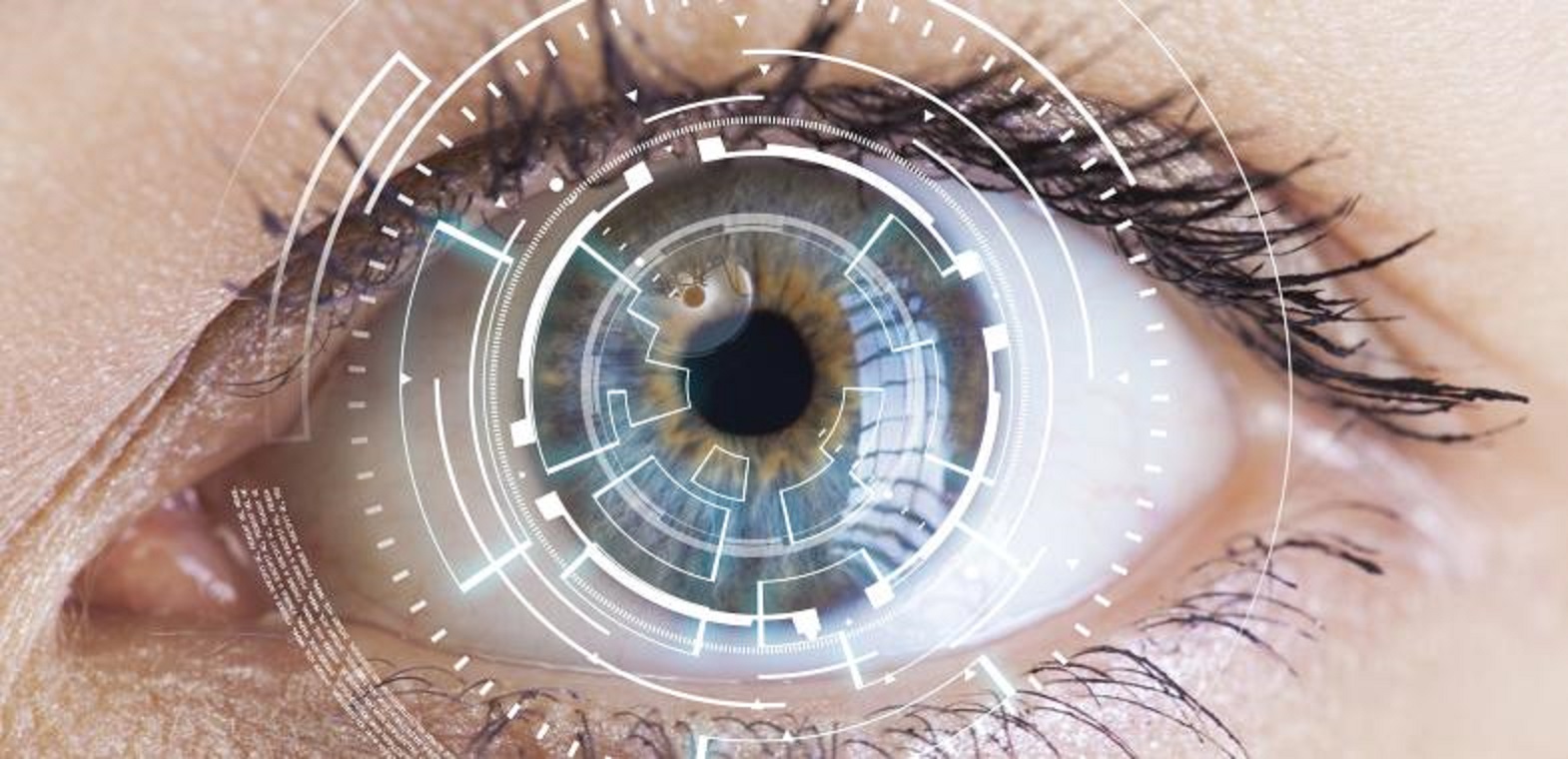
In today’s digital age, where screen time is ubiquitous, prioritizing eye health is essential for maintaining workplace productivity and ensuring employee well-being. Despite the prevalence of conditions like digital eye strain, comprehensive eye care remains an overlooked aspect of corporate benefits packages. This article underscores the importance of addressing key areas of concern, such as comprehensive eye check-ups and navigating insurance coverage, to promote proactive vision care. By embracing innovation in eye care and promoting awareness, corporations can empower their workforce to prioritize eye health, ultimately fostering a culture of health, innovation, and productivity in the workplace.
In an era dominated by screens and technology, the significance of eye health cannot be overstated. With the rise of digital eye strain and computer vision syndrome, employees are facing increasing challenges that impact their productivity and overall well-being. Despite corporate efforts to enhance employee benefits, eye health remains an under-covered area, with limited attention given to comprehensive eye care and innovative treatments. This article advocates for a paradigm shift in corporate approaches toward eye health, emphasizing the need for proactive measures and clear policy terms to ensure that employees have access to the latest advancements in vision care.
Understanding the Impact of Eye Health on Workplace Productivity
In today’s technology-driven world, where screens dominate our daily lives, the importance of eye health cannot be overstated. With the average screen time doubling to 7–8 hours per day, conditions like digital eye strain and computer vision syndrome have become increasingly prevalent. These conditions manifest through symptoms such as redness, itching, headaches, and fatigue, posing significant challenges to workplace productivity and safety.
Studies reveal that a staggering 65 percent of employees suffer from eye strain and vision problems, with 47 percent reporting accompanying headaches and fatigue. The global scale of the digital eye strain epidemic affects approximately 70 million individuals, further emphasizing the urgency of addressing this issue. As these symptoms escalate, professionals find their productivity compromised, making it difficult to focus on work, thereby impacting businesses striving to maintain a competitive edge in today’s technology-driven landscape.
The Need for Corporate Action
Corporations are faced with the challenge of balancing employee well-being with the economic burden of rising medical expenses. With healthcare costs outpacing overall inflation rates, businesses have responded by increasing their spending on employee benefits. However, despite these efforts, eye health remains an under-covered area in corporate benefit packages and insurance coverage.
Addressing Key Areas of Concern
- Comprehensive Eye Check-ups: One area often overlooked is the comprehensive eye check-up, which goes beyond routine tests. These check-ups, which may take 3–4 hours, are typically deferred until eye issues escalate, perpetuating a reactive rather than proactive approach to vision care.
- Inclusion in Preventive Health Check-u: Eye check-ups are often excluded from full-body check-ups, diminishing the significance of eye health and reinforcing a reactive approach. Including comprehensive eye tests as part of periodic preventive health check-ups is crucial for proactive vision care.
- Navigating Insurance Coverage: As corporates invest significantly in employee benefits and insurance, optimizing spending and maximizing benefits become imperative. However, limited awareness, outdated policy terms, and unclear coverage related to modern medical technologies hinder the effectiveness of these benefits.
Embracing Innovation in Eye Care
Developed nations have made significant strides in enhancing healthcare benefits, particularly in eye care. However, countries like India face challenges, especially concerning cataract surgeries, which account for the majority of eye-related procedures. Insurance companies play a pivotal role in bridging the gap between patient needs and accessible care.
Innovations like the Monofocal Plus Intraocular Lens (IOL) address the limitations of traditional options, offering benefits beyond optical correction. However, limited awareness and unclear policy terms hinder its widespread adoption, underscoring the need for greater clarity and education in insurance coverage.
Evolution of Insurance Coverage
While developed nations have expanded coverage to include advancements like robotic and laser surgery, India’s insurance sector remains ambiguous in embracing such innovations. This lack of clarity hampers awareness and utilization of modern technologies, highlighting the need for the industry to adopt policies to align with evolving healthcare needs.
Promoting Awareness and Proactive Care
Encouraging regular eye check-ups and fostering awareness of innovative lens options can significantly contribute to maintaining optimal eye health. Empowering individuals to make informed choices regarding their eye care facilitates better outcomes and enhances quality of life.
A Call for Corporate Responsibility
It is imperative for corporations to prioritize eye health as part of their commitment to employee well-being and productivity. By demanding comprehensive benefits that encompass modern medical advancements, businesses contribute to a culture of health, innovation, and resilience among their workforce. Through proactive measures and clear policy terms, corporates can ensure that their employees have access to the latest treatments and technologies, thereby fostering a healthier and more productive work environment.
As businesses strive to maintain a competitive edge in today’s fast-paced world, prioritizing employee well-being, particularly in terms of eye health, emerges as a critical imperative. By addressing gaps in comprehensive eye care and navigating insurance coverage, corporations can empower their workforce to embrace proactive vision care practices. Embracing innovative solutions and promoting awareness not only enhances employee productivity but also fosters a culture of health and resilience within the workplace. With a renewed focus on eye health, businesses can pave the way for sustained success and prosperity in the digital age.
